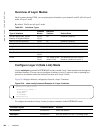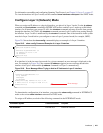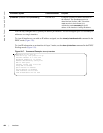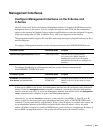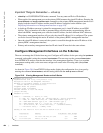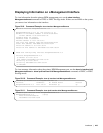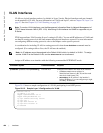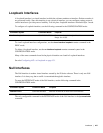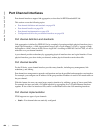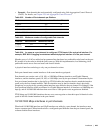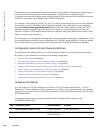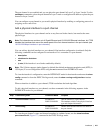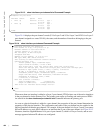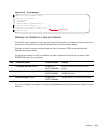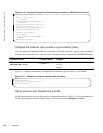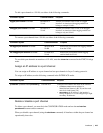428 | Interfaces
www.dell.com | support.dell.com
Port Channel Interfaces
Port channel interfaces support link aggregation, as described in IEEE Standard 802.3ad.
This section covers the following topics:
• Port channel definition and standards on page 428
• Port channel benefits on page 428
• Port channel implementation on page 428
• Configuration task list for port channel interfaces on page 430
Port channel definition and standards
Link aggregation is defined by IEEE 802.3ad as a method of grouping multiple physical interfaces into a
single logical interface—a Link Aggregation Group (LAG) or port channel. A LAG is “a group of links
that appear to a MAC client as if they were a single link” according to IEEE 802.3ad. In FTOS, a LAG is
referred to as a port channel interface.
A port channel provides redundancy by aggregating physical interfaces into one logical interface. If one
physical interface goes down in the port channel, another physical interface carries the traffic.
Port channel benefits
For the E-Series, a port channel interface provides many benefits, including easy management, link
redundancy, and sharing.
Port channels are transparent to network configurations and can be modified and managed as one interface.
For example, you configure one IP address for the group and that IP address is used for all routed traffic on
the port channel.
With this feature, the user can create larger-capacity interfaces by utilizing a group of lower-speed links.
For example, the user can build a 5-Gigabit interface by aggregating five 1-Gigabit Ethernet interfaces
together. If one of the five interfaces fails, traffic is redistributed across the four remaining interfaces.
Port channel implementation
FTOS supports two types of port channels:
• Static—Port channels that are statically configured



